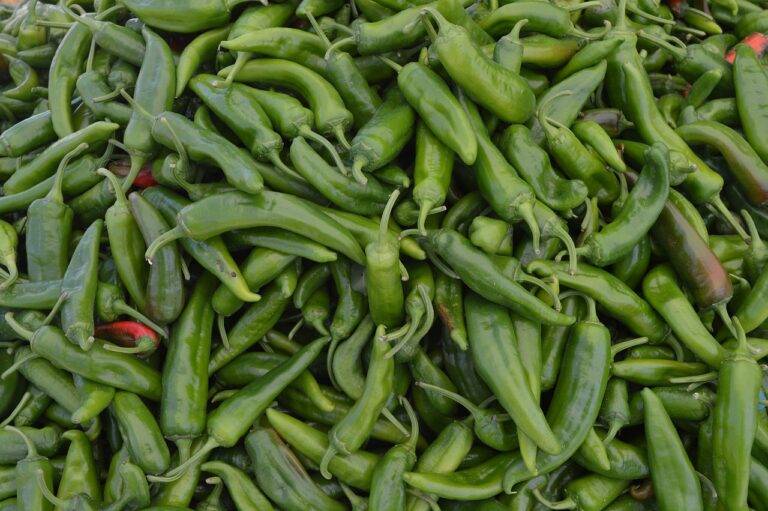The Science of Food Microbiology: Understanding Safe Food Handling
Food microbiology is a branch of science that focuses on the study of microorganisms present in food and their impact on food quality and safety. These microorganisms include bacteria, viruses, fungi, and parasites, which can either be beneficial or harmful. Understanding the behavior and characteristics of these microorganisms is essential for ensuring the safety and quality of the food we consume.
Through food microbiology, scientists investigate various factors that influence the growth and survival of microorganisms in food, such as temperature, pH levels, moisture content, and processing methods. By studying how microorganisms interact with food components, researchers can develop strategies to control their growth and prevent foodborne illnesses. Ultimately, food microbiology plays a crucial role in safeguarding public health and ensuring that the food we eat is safe for consumption.
The Importance of Food Safety
Food safety is a critical aspect of ensuring public health and well-being. Inadequate safety measures in food handling and preparation can lead to the spread of harmful bacteria and viruses that can cause illnesses such as food poisoning. Therefore, prioritizing food safety is essential to prevent the occurrence of foodborne diseases and protect consumers from potential health risks.
Proper food safety practices involve maintaining cleanliness in food processing areas, ensuring food is stored at the correct temperatures, and following strict hygiene protocols during food preparation. By adhering to these practices, the risk of contamination and the spread of pathogens can be significantly reduced, ultimately safeguarding the health of individuals who consume the food. It is crucial for food businesses, from restaurants to manufacturers, to uphold high standards of food safety to protect their consumers and maintain a positive reputation in the industry.
Common Foodborne Pathogens
Foodborne pathogens are microorganisms that can cause illness when ingested through contaminated food. Among the most commonly known pathogens are Salmonella, Campylobacter, Escherichia coli (E. coli), and Listeria. These pathogens can thrive in various food products, from raw meat and poultry to fruits and vegetables.
Salmonella is a bacteria commonly found in raw meat, poultry, eggs, and unpasteurized dairy products. It can cause symptoms like diarrhea, nausea, and vomiting. Campylobacter is another common pathogen, often found in undercooked poultry and unpasteurized milk. It can lead to symptoms such as fever, abdominal cramps, and diarrhea. E. coli can contaminate undercooked beef and raw fruits and vegetables, causing symptoms like severe stomach cramps, diarrhea, and sometimes kidney failure. Listeria is often present in ready-to-eat foods like deli meats and soft cheeses, leading to symptoms such as fever, muscle aches, and in severe cases, meningitis.
What is food microbiology?
Food microbiology is the study of microorganisms that can contaminate food and cause foodborne illnesses. These microorganisms include bacteria, viruses, parasites, and fungi.
Why is food safety important?
Food safety is important to prevent foodborne illnesses, which can range from mild stomach upset to severe complications and even death. Ensuring food safety also helps protect vulnerable populations such as the elderly, children, and individuals with weakened immune systems.
What are some common foodborne pathogens?
Common foodborne pathogens include Salmonella, E. coli, Campylobacter, Listeria, and Norovirus. These pathogens can cause a range of symptoms including diarrhea, vomiting, fever, and abdominal cramps.
How can I prevent foodborne illnesses?
To prevent foodborne illnesses, it is important to practice good food hygiene habits such as washing hands before handling food, cooking food to the proper temperature, avoiding cross-contamination between raw and cooked foods, and storing food properly. It is also important to follow food safety guidelines when preparing and serving food.







